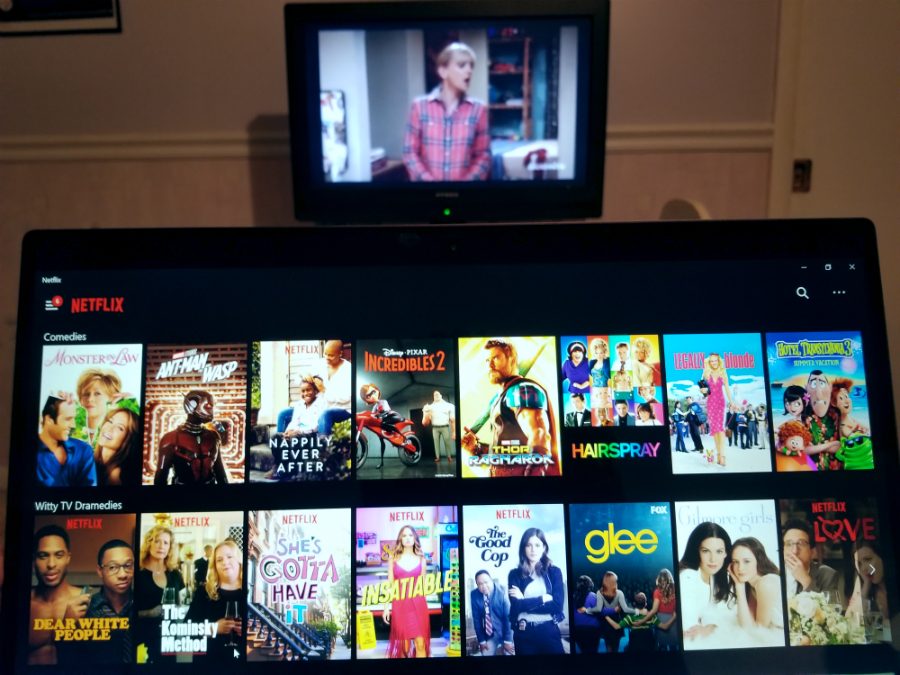“Cable Who?” How On-Demand Is Taking Over
March 22, 2019
People all over the country are cutting their cables and tossing their satellite dishes for a new alternative that has not been around for more than a decade: on-demand streaming. Over the past few years, Americans have transitioned from watching TV through a cable service to watching all their favorite shows and movies through on-demand media service providers. An on-demand service, also known as a streaming service, is “an on-demand online entertainment source for TV shows, movies and other streaming media.” Netflix and Hulu are two popular providers that give cable a run for its money. Even newer providers such as Youtube TV have been catching the eyes of people near and far.
Why would someone want to give up hundreds of channels for media service providers, some of which don’t even offer live TV? The answer is simple: to save money. People pay hundreds of dollars every month for a countless amount of channels only for them to watch a handful of the ones available to them. This causes them to end up paying a lot more money for something they do not use. Streaming services get rid of that problem by offering numerous movies and TV shows at a lower price. While most do not have actual channels, it can really help to save money, especially if someone is only paying for cable to watch a certain show that only comes on a certain channel. Even if a provider does not have that specific show, it will have many of that genre, guaranteeing someone will find a show or movie that interests them.
Another benefit of using on-demand instead of cable is that in exchange for the monthly fee, on-demand offers countless shows with limited ads or without any ads at all. Some shows or movies that are offered aren’t even aired on live TV, so those who want to watch foreign films or something too mature for national television are better off using an on-demand service.
However, with all the benefits that come with streaming, there are also downsides. Sometimes, on-demand services remove popular shows or movies to make room for others, which always gets a negative response from its users. The most recent example is when Netflix removed Moana. A lot of people were surprised and even more were unhappy, especially those with children who enjoyed watching the popular Disney movie. Another downside is the price. Although streaming offers many benefits, the monthly fee can start to add up. This mostly applies to bigger providers that offer more options and live TV. As time goes by, though, even the cheaper on-demand services have seen a rise in price. Netflix started out relatively cheap with their basic plan starting at $7.99. Now their highest price goes up to $15.99 per month.
In the end, it’s all up to a person’s preference. Some like to channel surf and are satisfied with their live television while others are fine with a list of shows and movies to choose from without having to worry about commercials in between (because of this, though, many on-demand watchers are prone to binge-watch). On-demand might win on the scale of popularity upon Americans, but cable has shown enough positives to keep itself on the screens of many.


